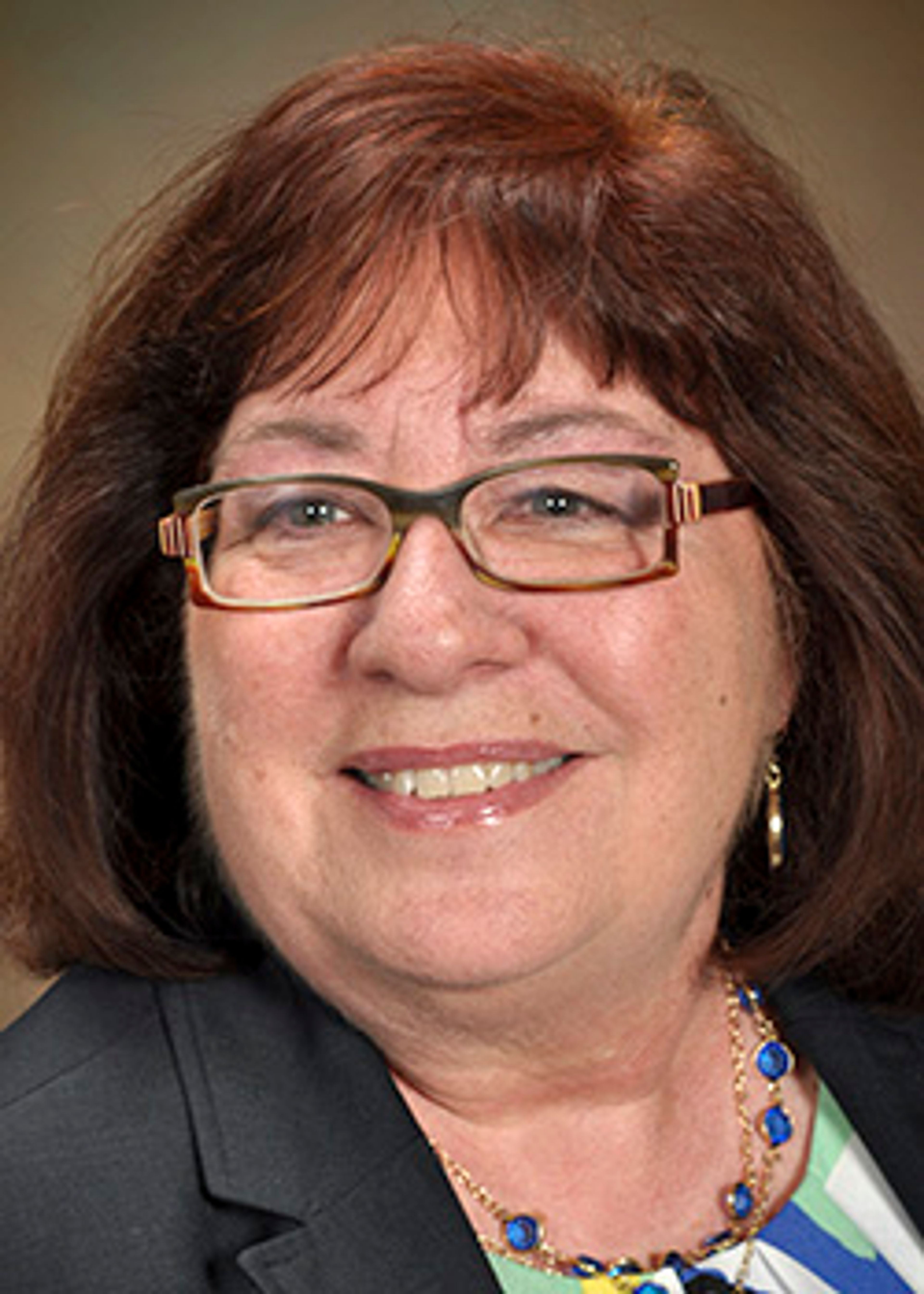Health care is a $4.5 trillion dollar industry, of which my family of seven has contributed about $3.8 billion, give or take.
That may be a slight exaggeration, but it certainly has felt that way during the last several months as we’ve had more than our fair share of doctor’s appointments, surgeries, labs and imaging.
One of our children in particular has had a tough go of it, starting back in December when a late-night visit to the local emergency department confirmed that the poor thing had kidney stones.
We appreciated the treatment he got that night, and in the weeks that followed we experienced the kindness of a local specialist who ordered a highly technical test from an out-of-state lab and the coordination of our primary care physician who referred us to a pediatric nephrologist to figure out why on earth a child was getting kidney stones and how we could minimize them moving forward.
All of these physicians were employed by the same local health care entity, and all of the services ran through its hospital and clinics. You would think that would make gathering all the associated medical records a piece of cake.
Further, you would think that with all of the federal legislation surrounding medical records, there would be a simple, streamlined process for getting all of these records to the out-of-town specialist whom we visited a few months later.
You would think. And you would be wrong.
The Health Insurance Portability and Accountability Act of 1996 (HIPAA) gave patients’ rights over their own health information. Then the Health Information Technology for Economic and Clinical Health Act of 2009 (HITECH) incentivized health care organizations to convert all health records to an electronic format.
The Affordable Care Act of 2010 (Obamacare) promoted further development of electronic health records in order to decrease overall health care costs and improve the quality of patient care.
As a terrible oversight, or perhaps due to an unrealistic expectation that common sense would prevail with or without legislation, none of these laws mandated interoperability among all the different electronic medical record systems (EMRs) — there is no requirement for a straightforward way to transfer information from one EMR to another.
That’s how in this country we wound up with dozens of multi-million-dollar systems, competitors in an incredibly lucrative field, that are still dependent on technology from the 1960s — the antiquated fax machine — to share records.
And that’s how my family wound up traveling out of state to see a pediatric specialist who did not have access to my son’s lab results, CT scan or physician notes. That’s how my family ended up with a $670 bill for an office visit that yielded exactly $0 worth of value.
How does something like that happen in 2024?
The local hospital where my son received care, the local clinic that ordered the specialty lab and the local primary care physician who made the referral to Spokane were all under the same health care umbrella, all owned and operated by the same entity and working with the same letterhead. Yet all three used totally different, completely incompatible EMRs. None of those systems could “speak” to one another, nor could any of them “speak” with the fourth system that the Spokane specialist used.
As a result, my son missed extra school, I missed extra work, and his treatment was delayed an additional three months, which is how long it took to get in to see the specialist a second time, this time with most (but still not all) of his local medical records painstakingly retrieved.
Fortunately, this patchwork-quilt approach to medical records is on its way out in our community. Since the beginning of last year Pullman Regional Hospital transitioned from several EMRs across all its departments and clinics to one cohesive system called Epic. Gritman Medical Center has said it will do the same when it transitions to Epic next month.
Epic is not a perfect system — just ask anyone who uses it. But it is a popular system, used by 44% of physicians according to Medscape. And it’s a patient-friendly system that allows individuals to access their own records easily and empowers them to send a link to any provider not on Epic for view-only access of their chart.
These crucial EMR investments were long overdue, and they aren’t the end of the road. To our area health care leaders: please prioritize medical record accessibility and portability moving forward in order to best provide for Whitman and Latah county health care needs.
Stellmon set sail for a three-hour tour of the Palouse in 2001. She is now happily marooned in Moscow with her spouse and five children.








